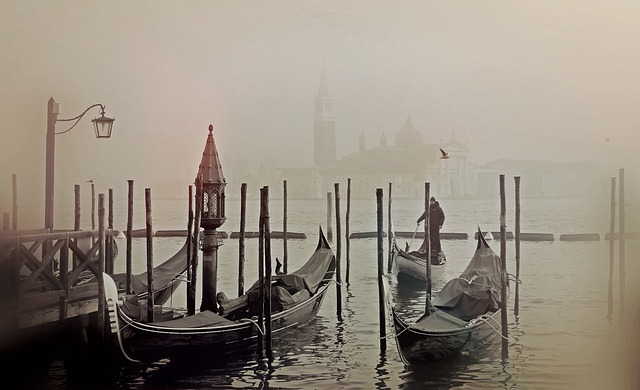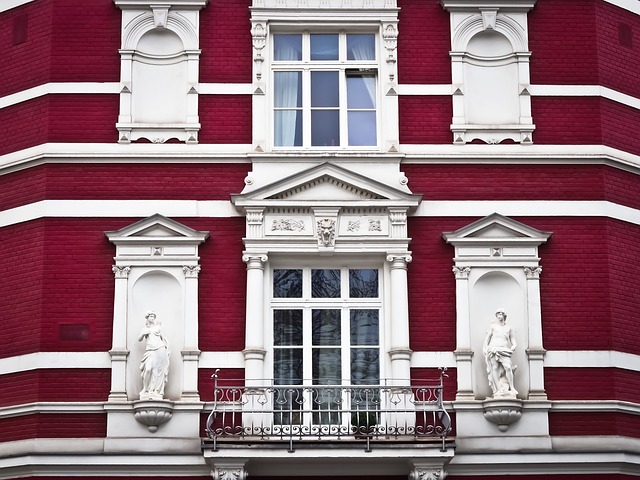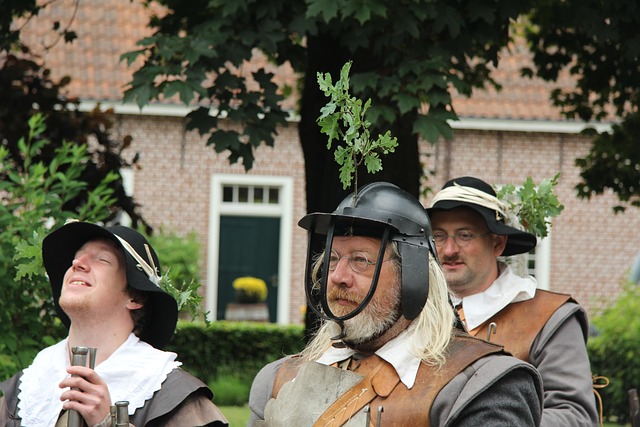In real estate, preserving historical integrity through original architectural features like intricate moldings and vintage window frames boosts property values and attracts buyers interested in a building's past. This involves systematic inspection, inventory creation, priority-based restoration by specialized professionals adhering to conservation guidelines, and long-term care plans for regular maintenance. Urban areas with historic neighborhoods, where unique properties are sought after, experience increased community aesthetic appeal and pride among residents due to the preservation of architectural details like stained glass windows and vintage light fixtures.
In today’s real estate market, preserving original architectural elements is not just a conservation effort but also a strategic decision. This article guides you through the process of identifying and assessing these unique features, offering a step-by-step guide for their careful preservation. We’ll explore why safeguarding historic structures boosts property value, making it an attractive investment for both developers and history enthusiasts alike.
Identifying and Assessing Original Architectural Features

In the realm of real estate, preserving historical integrity is a key aspect that sets apart unique properties. Identifying and assessing original architectural features is the first step in this process. These elements, often found in older buildings, can include intricate moldings, grand staircases, or even vintage window frames. It’s crucial for real estate professionals and property owners to recognize these characteristics as they contribute significantly to a structure’s character and charm.
During an assessment, careful observation is essential. Architects and historians examine details like structural elements, decorative motifs, and building materials used in the original construction. This meticulous process helps in understanding the building’s evolution and identifying any alterations or restorations that may have occurred over time. By preserving these original architectural features, real estate listings can capture the essence of a property’s history while offering a glimpse into the past for prospective buyers.
Strategies for Careful Preservation: A Step-by-Step Guide

When preserving original architectural elements in a property, a systematic approach is key. Start by conducting a thorough inspection to identify all significant features – from historical moldings and decorative details to structural elements like beams and floors. Create a detailed inventory for easy tracking and reference during the preservation process.
Next, prioritize restoration based on the condition of each element. Engage experienced professionals who specialize in historic preservation for specialized treatments such as repair or reconstruction. Ensure they use appropriate materials that match the original, adhering to strict conservation guidelines. Regular maintenance is crucial; implement a long-term care plan including cleaning, sealing, and monitoring to safeguard these cherished architectural details from future deterioration, ensuring their longevity for current and future real estate owners to appreciate.
The Impact of Preserving Historic Structures on Real Estate Value

Preserving historic structures and their original architectural elements can significantly impact real estate values. In today’s market, where unique and vintage properties are increasingly sought after, maintaining the authentic character of a building can attract buyers who appreciate the charm and history that old structures offer. Real estate agents often highlight these features as selling points, emphasizing the value-add of restoring and preserving historic elements rather than demolishing or replacing them with modern alternatives.
This trend is particularly noticeable in urban areas where historic neighborhoods are popular among residents looking for a connection to the past. By carefully preserving architectural details such as stained glass windows, intricate brickwork, or vintage light fixtures, property owners can increase their real estate value and contribute to the overall aesthetic appeal of the community. This approach not only benefits individual properties but also enhances the desirability of entire historic districts, fostering a sense of place and pride among residents.






